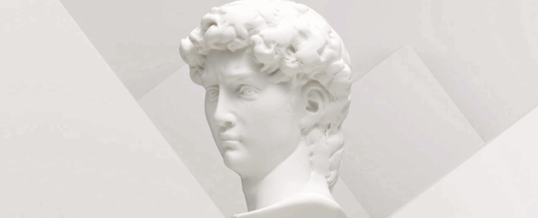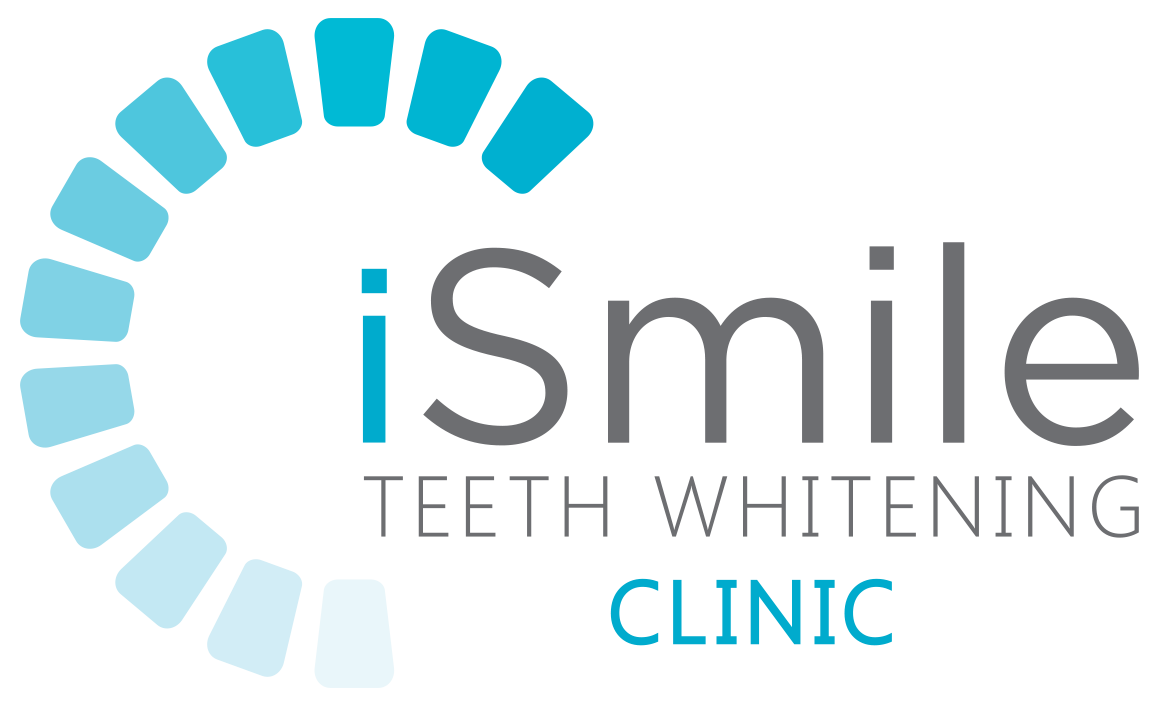
Bright, flawless smiles dominate magazines, social media, and movie screens—but in reality, lifestyle habits and the process work against us. Coffee, wine, and the passage of time naturally lead to tooth discolouration. The upside, people have been whitening their teeth for centuries, and today’s options are safer and more effective than in the past. If you’re considering professional teeth whitening, you might be surprised at the fascinating journey this cosmetic treatment has taken. Let’s take a further look at the history of teeth whitening from modern solutions to ancient practices.
The History of Teeth Whitening: Ancient Egyptian and Roman Approaches
In ancient Egypt, white teeth were a symbol of prestige. Egyptians crafted a paste made from ground pumice stone and vinegar to polish their smiles—effective but harsh, often wearing away enamel. However, it was the application of natron, a kind of naturally occurring salt, that set their teeth-whitening methods apart. Natron was used in mummification but also used as a dental powder to maintain oral hygiene and whiten teeth, more interestingly, oral care in ancient Egypt was linked to preparation for the afterlife. The Egyptians also used toothpicks made of metal and ivory to clean their teeth. However,

The History of Teeth Whitening from Modern Solutions to Ancient Practices
The ancient Romans went in a different direction to whiten their teeth and maintain oral hygiene. They utilised toothpaste formulations that included unusual components. Ingredients included powdered charcoal, obtained from incinerated materials such as animal bones and oyster shells, which provided the necessary abrasiveness for cleaning teeth. Interestingly, crushed mouse brains were thought to improve the effectiveness of the toothpaste. The most unusual ingredient, however, was human urine, which was imported in substantial amounts from Portugal, prized for its ammonia content and its properties as a mouthrinse and tooth whitener. The process of creating Roman toothpaste involved finely grinding this diverse array of ingredients, which included herbs, mouse skulls, and urine, and then combining them with a binder like honey to form a paste. Dentists primarily performed tooth extractions without the use of anesthetics, yet only about one-third of the skeletons discovered in Pompeii and Herculaneum showed missing teeth, with a relatively small number displaying carious lesions.
The History of Teeth Whitening: Chinese and Indian Teeth Whitening Traditions
In traditional Chinese medicine, herbal remedies and natural powders were used to maintain oral cleanliness, while chewing twigs like miswak helped scrub away stains.
In India, Ayurvedic practices such as oil pulling with sesame or coconut oil aimed to reduce bacteria and naturally brighten teeth—a technique still popular today. The practice of using twigs or “chewing sticks” for cleaning teeth has a deep-rooted history. These sticks, typically from neem, babul, or other trees, are known for their antibacterial properties. The use of these twigs was passed down through generations as a common method of oral hygiene.
The History of Teeth Whitening: The shift toward Modern Dentistry
17th–18th Centuries: Acid and Barber
During this period, barbers often doubled as dental practitioners. Some whitening attempts involved applying nitric acid, which removed stains but severely weakened enamel.
By the 19th century, hydrogen peroxide emerged as the preferred whitening agent. Dentists refined its use, experimenting with concentrations to improve safety and effectiveness.
20th Century: Professional Whitening Takes Off
The early 1900s brought dental-grade hydrogen peroxide treatments. In the 1960s, dentists noticed that gum disease treatments using peroxide also lightened teeth, paving the way for modern bleaching.
By the 1980s, in-office whitening became widely accessible, and over time, at-home kits offered patients a more affordable alternative.
Todays Modern Teeth Whitening Options
Modern teeth whitening methods range from professional in-clinic treatments to at-home systems, each offering different benefits in terms of speed and comfort. Individual results vary.
1. Professional In-Clinic Teeth Whitening
For fast, safe, and dramatic results, professional teeth whitening at a professional teeth whitening clinic is the gold standard. When receiving treatment under professional supervision, using Catalyst Hydrogen Peroxide Gel and specalised light and heat activating technology makes teeth whitening a safer, far more effective approach. technology, your teeth whitening practitioner can lift deep stains in just one appointment. This method is ideal if you want instant, long-lasting brightness with professional supervision.
2. Take-Home Whitening trays
Custom take-home whitening trays provide the flexibility of whitening at your own pace and at home. Take-home kits generally take longer to show noticeable results. You may need to use the trays for several days or weeks before achieving your desired brightness. Take-home kits contain a lower concentration of peroxide compared to professional in-office treatments. This means they are gentler, but not as effective at removing deep stains or discoloration. Improper use or overuse of the whitening gel can cause tooth sensitivity and gum irritation. If gel seeps out of the trays, it can irritate the soft tissues in your mouth.
3. Over-the-Counter Whitening Products
From whitening strips to toothpastes and pens, these products are convenient and affordable but often deliver milder results. Teeth whitening pens with a small applicator brush used along with a lip retractor is the safest option and best for maintaining brightness after a professional treatment or for people with minimal staining. Without careful application, teeth whitening gels or strips that come into contact with gums can cause irritation and redness harming the soft tissues in the mouth. Many over-the-counter products can cause temporary or prolonged tooth sensitivity, especially with prolonged use or overuse. People with naturally sensitive teeth may find these products uncomfortable.
Factors to consider when having your teeth whitened
Sensitivity and Safety
Whitening isn’t one-size-fits-all. Patients with tooth sensitivity or gum issues may require specialised care to avoid discomfort. A professional approach ensures safe, tailored results.
Maintaining Results
While whitening isn’t permanent, good oral hygiene and limiting stain-causing foods and drinks can prolong the whiteness of the teeth. An annual teeth whitening treatment will keep your smile fresh.
Oral Health
The overall heath of your teeth is important to factor in before having your teeth whitened. Cavities, gum disease, or sensitive teeth should be treated before teeth whitening. Existing restorations (crowns, veneers, fillings) do not whiten, which may lead to uneven color.
Age and Health Considerations
Whitening is generally not recommended for children under 16. Women who are pregnant or breastfeeding (no research has been conducted on the use of teeth whitening while pregnant or nursing and is therefore not advised). Anyone allergic to hydogen peroxide (the whitening agent).
Cost
Professional treatments may seem a little more expensive but are often safer and far more effective. Over-the-counter products are cheaper but may require repeated use for noticeable results.
Summary
The best teeth whitening method depends on your individual needs. If you want quick, noticeable results, opt for professional whitening. For gradual improvement, dentist-supervised take-home kits are a great choice. Always consult your dentist before starting any whitening treatment to ensure it’s safe and suitable for your teeth.
Professional In-Clinic Teeth Whitening Auckland
iSmile Professional In-Clinic Teeth Whitening Auckland offers the most developed, safe and gentle teeth whitening system available on the market today! iSmile Auckland Teeth Whitening Practitioners are fully qualified and registered members of the New Zealand Cosmetic Teeth Whitening Association (NZCTWA). Check out iSmile Teeth whitening treatment options.
Contact us today to schedule an appointment!
Learn more about Professional In Clinic Teeth Whitening Auckland
Follow iSmile on Instagram and Facebook
Go straight to iSmile Online Bookings
ShareAUG
2025

About the Author: